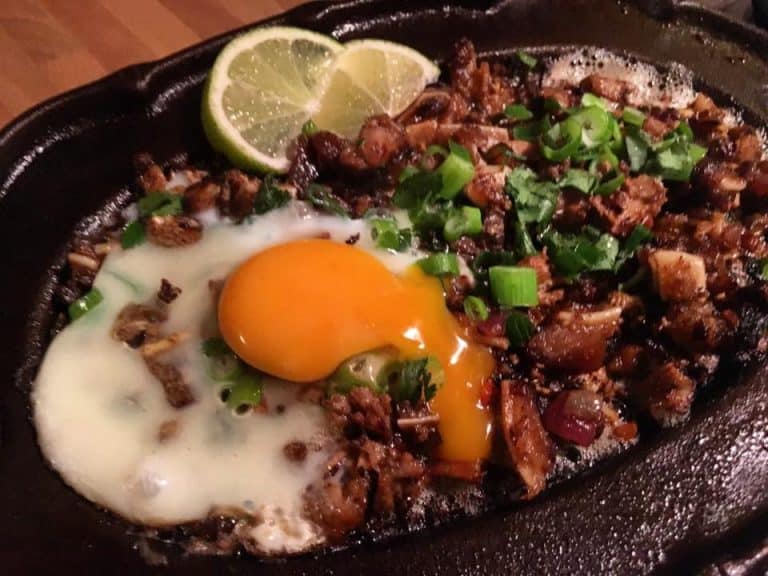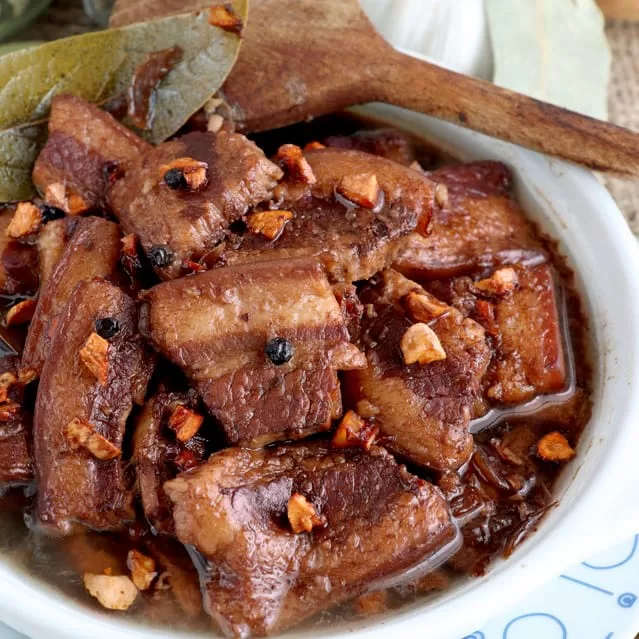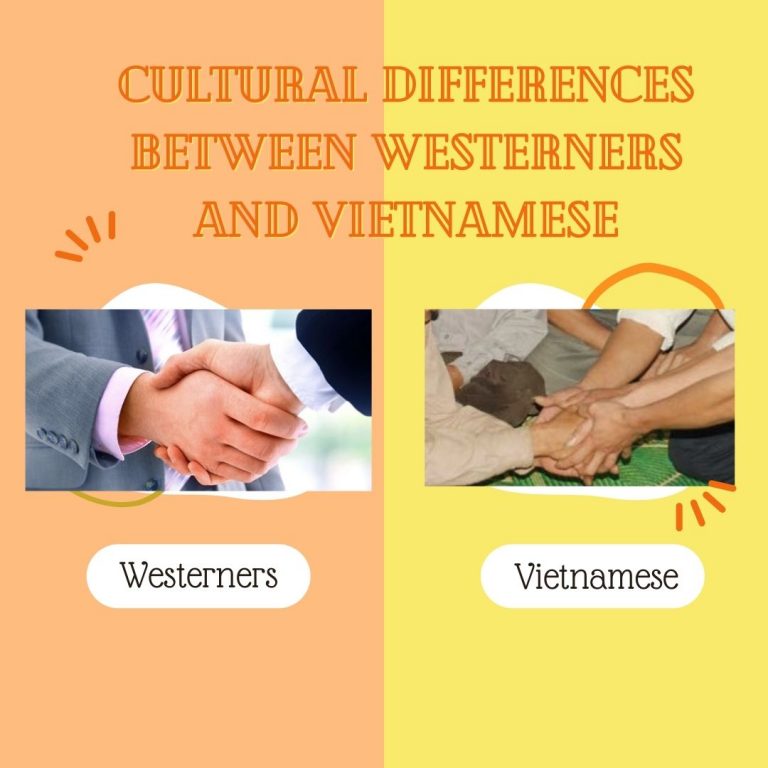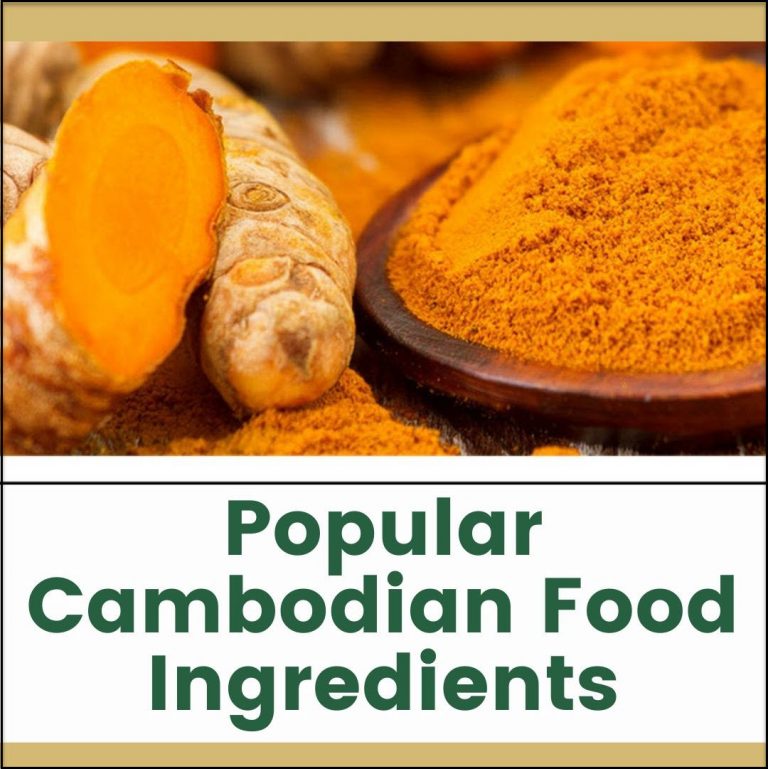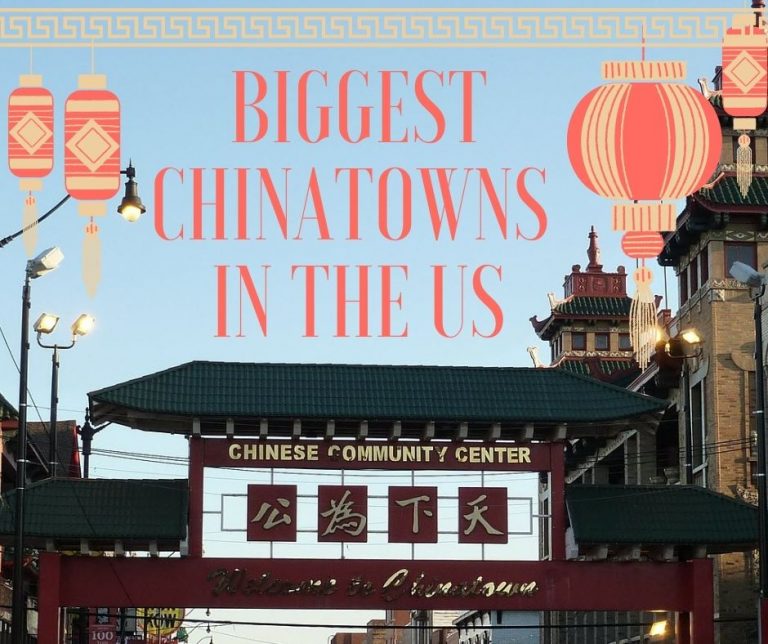Spanish Influence On Filipino Food
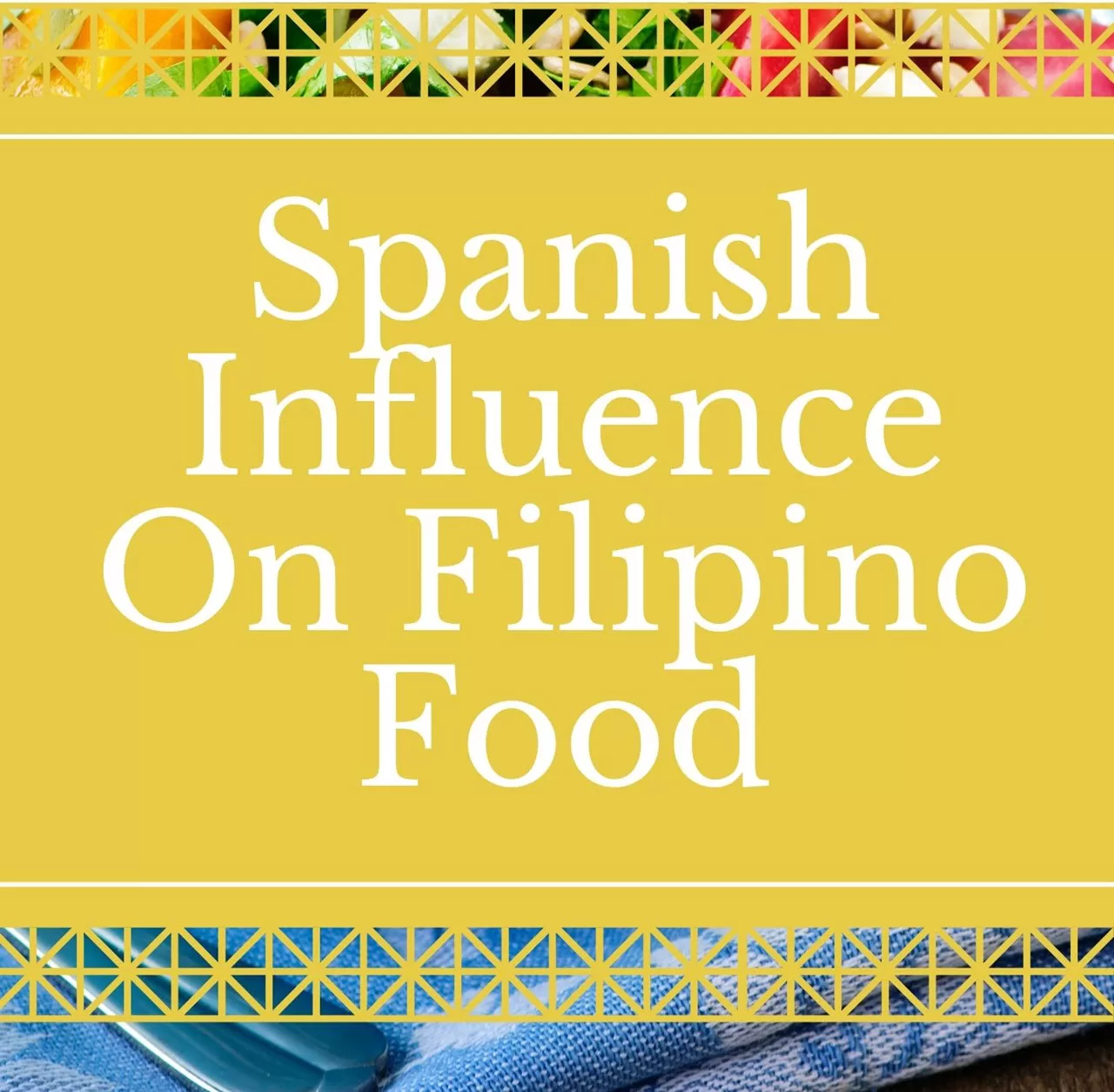
The Philippines has been colonized by different nations, Spain as the longest one. Discovered by Ferdinand Magellan in 1521, the Philippines was colonized by Spain until 1898. For over 300 years, the Spanish colony have settled in the archipelago of the Philippines and during this Spanish colonial period, they have brought their culture even up to these days.
From religion to Spanish names, even with street names, you can spot some Spanish influence on different Filipino cultures. One of the most notable Spanish influences is with the different cuisines being served on Filipino cuisine nowadays. Elite chefs around the world often dubbed it as “East Meets West”.
Historians said that almost 80% of the Filipino cuisines have originated from Spain. You can tell that the Filipino food being served on fiestas has Spanish influences. You might see relleno, paella, embutido, callos, morcon and the likes being served during special occasions in the Philippines.
Spaniards also introduced some cooking techniques to the Filipinos during their colonial period. Spanish ways of sauteing are still observed nowadays, like sauteing onions with garlic and tomatoes on olive oil. Baking cooking techniques are also taught to the Filipinos.
Rice dishes like Arroz Valenciana or Arroz Con Pollo and Arroz Caldo are still being prepared in the Philippines. But they are modified due to ingredient restrictions or availability in the area. This made some Spanish dishes to be accentuated with Filipino twist.
Different breads are still made up to these days by bakeries in the Philippines. Pan de sal and Cheese buns or Ensaymada, which is a bread made of evaporated milk, condensed milk and cheese, are popular.
Desserts with a Spanish origin are also being served on different occasions. One of the most popular Filipino desserts is Leche flan (milky caramel custard), which is very similar to the Spanish flan or egg custard.
Filipinos are fond of dipping their food in sauces or called “sawsawan”. It can be a mixture of vinegar, soy sauce, red and green bell peppers, onions, chili peppers and other ingredients. They also use ketchup as a dipping condiment for their main dishes.
Filipinos are not fond of eating spicy food, unlike the other Asian countries in Southeast Asia. But there is one area in the Philippines that likes spicy cuisines, which is the Bicol region. They are famous for their Bicol Express, which is a meat dish cooked in coconut milk and chilis. You can generally say that Filipino food has both local and foreign influences.
Spanish Influence On Filipino Food
Fusion of Different Cultures on Filipino Dishes
Before the Spaniards discovered the Philippines, different cultures and commercial exchange with different countries, such as China, Indonesia, Thailand and Malaysia were already thriving. When the Spaniards came, they found a group of people with a very wide Asian context formula.
The first inhabitants in the Philippines before the Spaniards discovered it are the Malays. Malays settled in the Philippines 20,000 years ago when the Ice Age paved the way in creating bridges on landmasses that allowed people to cross different regions.
For that, you can still see a Malay influence on Filipino food and kare-kare is one of them. It is meat and vegetable stew with peanut sauce. Pinakbet, which is a meat dish with different vegetables sauteed in shrimp paste, is also a Malay dish. One popular Filipino food with a Malay accent is the Dinuguan, which is a stew made of pork meat, blood and other pig internal organs with chili pepper.
You might find Chinese influence, Mexican influences and Spanish influence. You may spot a Chinese influence on different Filipino food through their different noodle dishes, which is also called Pancit or Pansit. This was brought by the Chinese traders around 300 AD when trading started to bloom. The most famous snack that can be easily cooked in the Philippines is Pancit Canton.
China introduced Panciterias, which is a Spanish term for noodle restaurants, are also common in the Philippines. You may find these Chinese eateries being built beside busy roads and streets where busy people could eat on-the-go. Aside from the noodle dishes offered at Panciterias, you can also order lumpia shanghai or Filipino spring rolls that is a popular Chinese food that can be dipped into vinegar or sweet sauce.
Siopao or steamed bun with meat filling can also be ordered in panciteria. Chinese-inspired rice porridge called Lugaw is also popular to order. They can be garnished with chopped spring onions and hard-boiled egg or simply plain with fried garlic bits.
If we are talking about food fusion, you can’t go wrong with Adobo. It is a dish in the Philippines that has both Spanish and Mexican influences that was introduced during the Spanish-American war. Adobo is a very simple Filipino dish and can be easily prepared. It is a braised pork or chicken in vinegar and salt or soy sauce, added with bay leaf.
When World War II erupted, American influence was brought to the Philippines. American food has been introduced to the country. But the American’s main contribution to the Filipino culture is the English language. American values were also adopted by the Filipinos. For the American food influence, they brought canned goods like corned beef, potato, macaroni salads, fruits salads and a lot more to the Philippines.
Since Japan also colonized the Philippines, you could also see some sushi bars in the country. Tempura, sticky rice and noodle bowls were also brought to the Philippines by the Japanese regime. Halo-halo, which is a mixture of shaved ice, milk, red and green beans, jelly, grated coconut, ice cream, purple yam, fruits and a lot more, was also brought by the Japanese.
There is a reason why Filipino food cuisines will continue to evolve and change, that is because of the Filipino Hospitality trait. Filipinos are very welcoming to different races and they can easily adapt with new things introduced to them.
Spain in the Philippines
Though being colonized by the Spaniards for almost 400 years, the Philippines isn’t a Spanish-speaking country. Tagalog is their main language and different dialects are spoken in different regions in the country.
However, there are several words that are derived from the Spanish vocabulary and are still used by the locals. One area in the Philippines that speaks with the closest resemblance to the Spanish language is Zamboanga. They speak a dialect called Chabacano that is a mixture of Spanish and local language.
Aside from the close resemblance of the language, Zamboanga also offers some of the most authentic Spanish food. Some dishes are heavily dependent on coconut milk/cream, like bagon de gata and tamales. They are also distinctly indigenous.
Sinigang is a popular stew due to its unique sour broth as it uses some sour fruit as its main ingredients. This is a Spanish descent dish, but cooking methods may vary in some parts of the Philippines. In Zamboanga, they would use different kinds of ingredients, including fish sauce, tanglad (lemon grass), bambawing (wild basil) and olive oil.
There are few Spanish influences on different Filipino that you can find in Chabacano cuisine. Some of them are pochero, bopis, gata de nangka, maja blanca and a lot more. Truly, the Spanish culture has spread throughout the Philippines archipelago.
Filipino cuisine has bloomed from the different cultures being introduced by foreign colonies. Their cooking methods have brought Filipino cooking to the next level. But what you might find with the Filipino dishes is the use of soy sauce in most of them. Filipino restaurants would always have a soy sauce bottle on their tables.
Rice cakes and stuffed chicken in tomato sauce are also a thing in the Philippines. There are also popular food dishes being wrapped in banana leaves, like dried fish and rice. The Philippine food is being recognized slowly at the international level and Filipinos should be proud of it.
